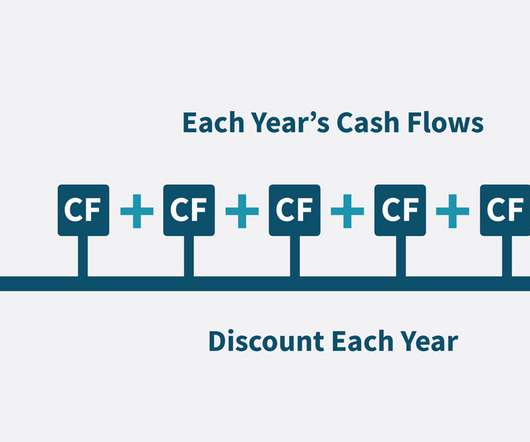Valuation Using Multiples—What Is It and How Does It Work? Core Ideas Explained
Valutico
DECEMBER 15, 2022
Valutico is one software platform where it’s possible to access these multiples ( book a demo to learn more ). An example of an enterprise multiple: EV/Sales, EV/EBITDA, EV/EBIT and practically all non-financial multiples (e.g. EV/EBIT – Indicates the ratio of the Enterprise Value and the EBIT of a company.












Let's personalize your content